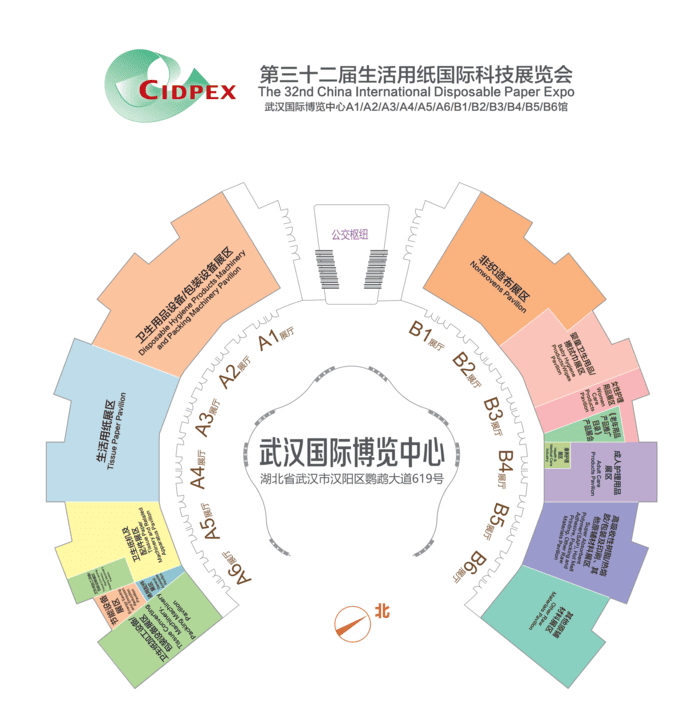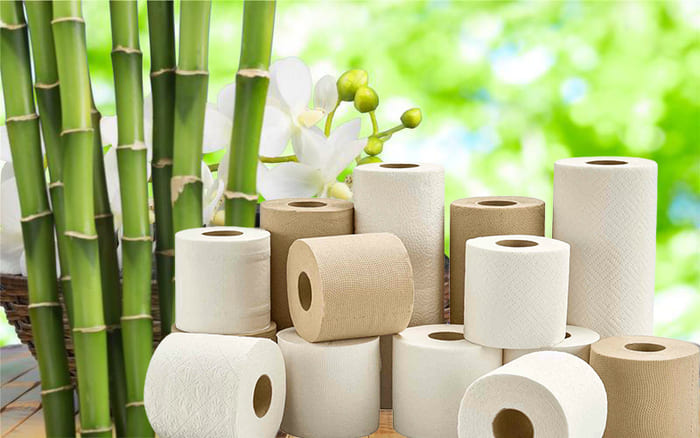What’s the Semi Raw Materials Used for Manufacturing Tissue Paper?
Tissue paper production has become an essential part of the paper industry, catering to the increasing demand for hygiene and personal care products. The process of producing tissue paper involves the use of various semi raw materials such as tissue jumbo roll, tissue raw material, tissue material big roll, and tissue jumbo reels. In this comprehensive article, we will explore these semi raw materials in detail, examining their sources, properties, and applications in the production of tissue papers.
Table of Contents
1. Introduction to Tissue Paper Production
2. Pulp as the Primary Raw Material
3. Tissue Jumbo Roll
4. Additives and Chemicals in Tissue Paper Production
5. Recycling and Sustainability in Tissue Paper Production
5. Conclusion
1. Introduction to Tissue Paper Production
Tissue paper is a lightweight, absorbent paper product primarily used for personal care, hygiene, and cleaning purposes. Tissue papers can be categorized into several types, including facial tissue, toilet tissue, paper towels, and napkins. The production of tissue paper involves converting the semi raw materials, such as pulp, into a soft, absorbent sheet through a series of processes such as refining, drying, and creping.
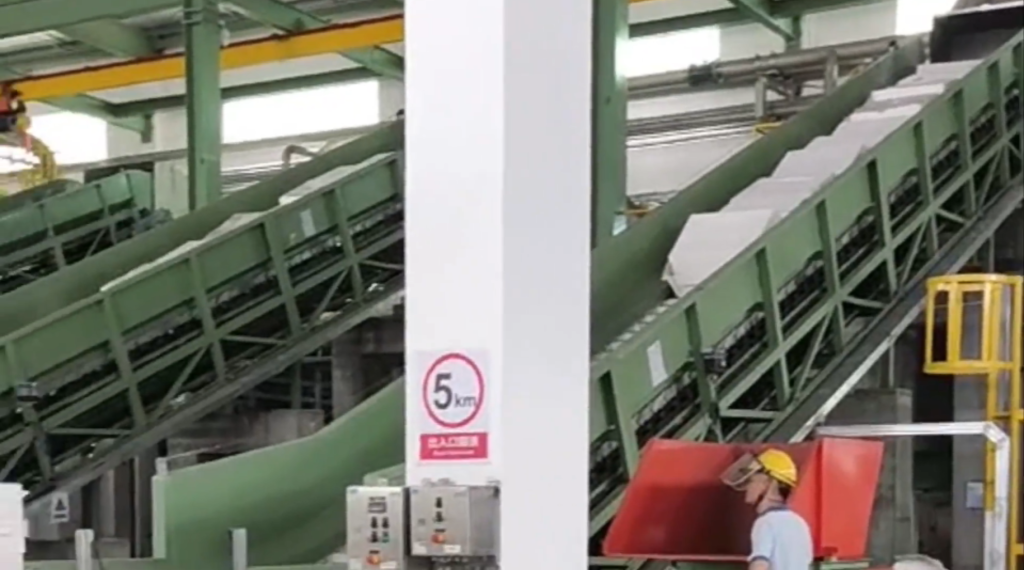
2. Pulp as the Primary Raw Material
Pulp is the primary raw material used in the production of tissue papers. Pulp can be obtained from various sources, including wood, agricultural residues, and recycled paper products. The choice of pulp source depends on factors such as availability, cost, and desired tissue paper properties.
2.1. Wood Pulp
Wood pulp is derived from softwood and hardwood trees. Softwood pulp, which comes from coniferous trees, has long fibers that provide strength to the tissue paper. Hardwood pulp, sourced from deciduous trees, has shorter fibers, contributing to the softness of the final product. A combination of softwood and hardwood pulp is often used to achieve the desired balance of strength and softness in tissue papers.
2.2. Agricultural Residues
Agricultural residues such as bagasse, straw, and bamboo can also be used as an alternative source of pulp for tissue paper production. These materials are rich in cellulose fibers, which can be extracted and processed into pulp. Using agricultural residues as a pulp source can help reduce the environmental impact of tissue paper production, as these materials are often considered waste products.
2.3. Recycled Paper
Recycled paper, including post-consumer and pre-consumer waste, is another viable source of pulp for tissue paper production. Recycling paper helps conserve natural resources, reduce waste, and lower the overall environmental footprint of the tissue paper industry.
3. Tissue Jumbo Roll (Tissue Material Big Roll)
A tissue jumbo roll, also calles as a parent roll, Tissue Material Big Roll, tissue jumbo reels . It is a large roll of Tissue Raw Material produced at the end of the manufacturing process. These rolls are typically several meters wide and can weigh several tons. Tissue jumbo rolls are then transported to converting facilities, where they are cut, rewound, and packaged into the final tissue paper products. Tissue raw material refers to the various inputs required for the production of tissue paper, including pulp, water, and additives. These raw materials are combined and processed through various stages to produce the tissue jumbo roll.
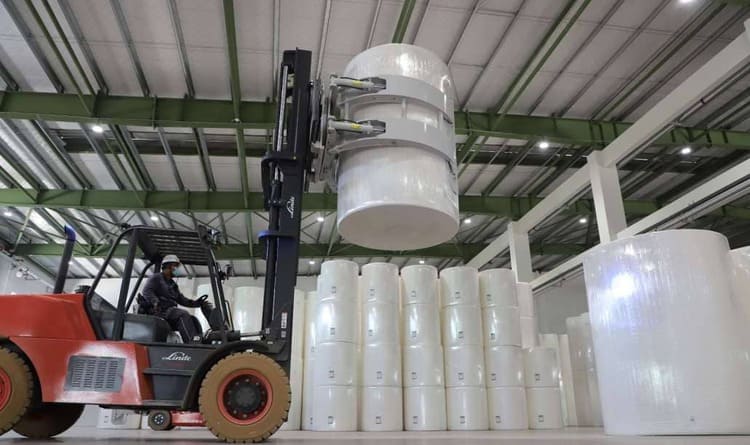
3.1. Pulp Preparation
Pulp preparation involves the mixing of the chosen pulp source with water to create a slurry, which is then refined to separate the cellulose fibers. The refining process involves mechanical treatment, which breaks down the fibers and improves their bonding properties.
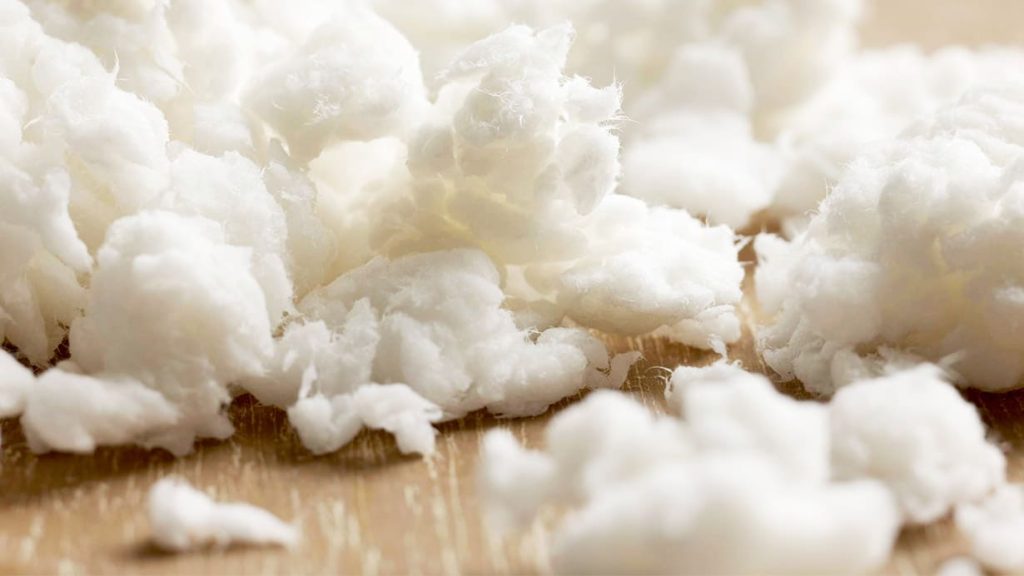
3.2. Stock Preparation
Stock preparation is the stage where additives and chemicals are introduced to the pulp slurry to enhance the properties of the tissue paper. These additives may include wet-strength agents, softeners, and dyes, depending on the desired characteristics of the final product.
3.3. Paper Formation
In the paper formation stage, the pulp slurry is spread onto a moving wire or fabric, where water is drained, and a thin sheet of tissue paper is formed. This sheet is then pressed and dried to create the tissue jumbo roll.
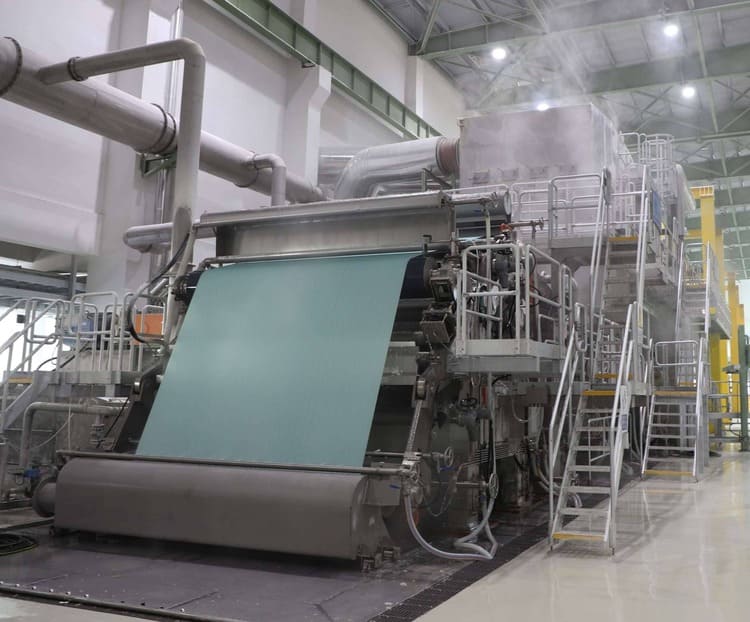
4. Additives and Chemicals in Tissue Paper Production
Various additives and chemicals are used in tissue paper production to enhance the desired properties of the final product. Some common additives and chemicals include:
4.1. Wet-Strength Agents
Wet-strength agents are added to the pulp slurry to improve the strength of tissue paper when it is wet. This is particularly important for products such as paper towels and napkins, which are designed for use with liquids.
4.2. Softeners
Softeners, also known as debonders, are added to the pulp slurry to reduce the bonding between fibers, resulting in a softer and more flexible tissue paper. Softeners are commonly used in the production of facial tissue and toilet tissue, where a soft touch is desired.
4.3. Dyes and Pigments
Dyes and pigments can be added to the pulp slurry to impart color to the tissue paper. This is often done for decorative purposes or to differentiate between different types of tissue products.
4.4. Fillers
Fillers, such as clay, talc, or calcium carbonate, can be added to the pulp slurry to improve the opacity and brightness of tissue paper. Fillers can also help reduce the cost of production, as they are generally less expensive than cellulose fibers.
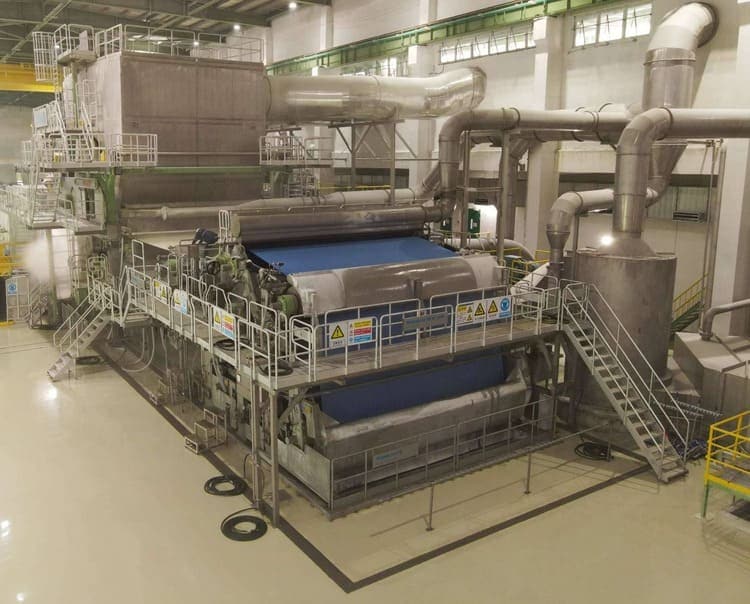
5. Recycling and Sustainability in Tissue Paper Production
As the demand for tissue paper products continues to grow, the industry is increasingly focusing on recycling and sustainability initiatives to reduce its environmental impact.
5.1. Recycled Content
Using recycled paper as the source of pulp for tissue paper production can help reduce the environmental footprint of the industry. This includes both post-consumer waste, such as used paper products, and pre-consumer waste, such as trimmings and other manufacturing byproducts.
5.2. Sustainable Forestry
Wood pulp sourced from sustainably managed forests can help ensure that the tissue paper industry does not contribute to deforestation and habitat loss. Certification schemes such as the Forest Stewardship Council (FSC) and the Programme for the Endorsement of Forest Certification (PEFC) can provide assurance that wood pulp is sourced from responsibly managed forests.
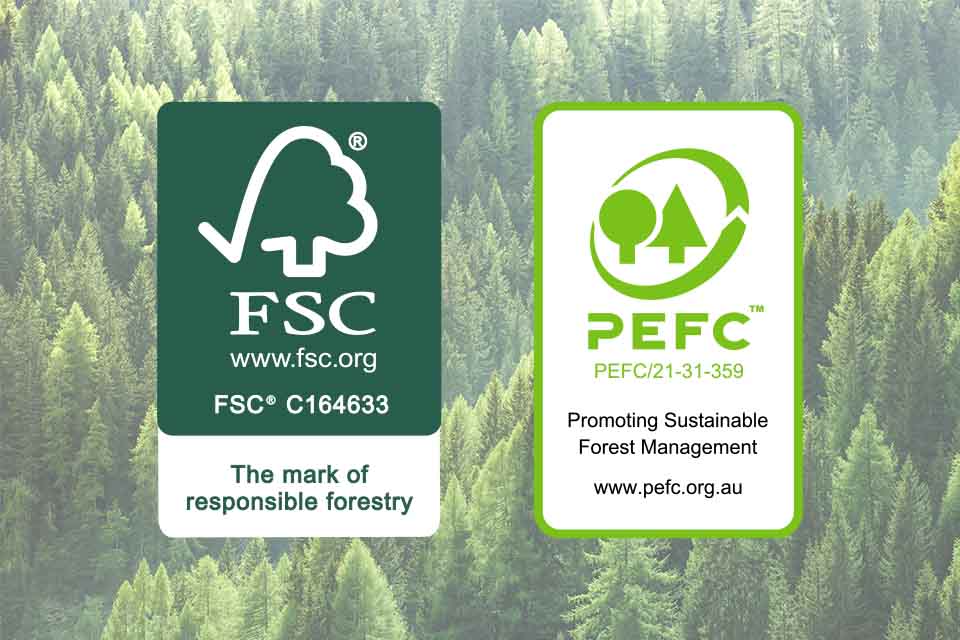
5.3. Water and Energy Conservation
The tissue paper production process requires significant amounts of water and energy. By implementing water and energy-saving technologies and practices, tissue paper manufacturers can reduce their environmental impact and improve their overall sustainability.
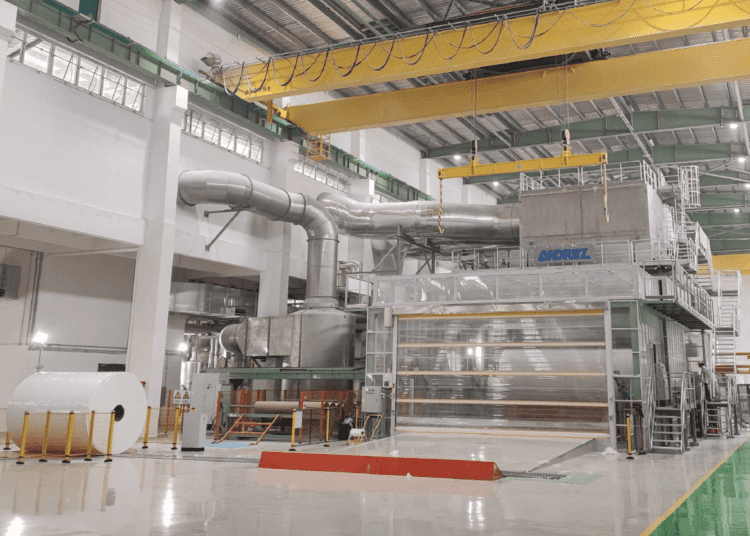
6. Conclusion
The semi raw materials used in the production of tissue papers, such as tissue jumbo roll, tissue raw material, tissue material big roll, and tissue jumbo reels, are essential components of the tissue paper manufacturing process. By understanding the sources, properties, and applications of these materials, as well as the importance of recycling and sustainability in the industry, we can better appreciate the complex process of producing this indispensable product. As the demand for tissue paper continues to grow, the industry must continue to innovate and improve its production processes to minimize its environmental impact and ensure a sustainable future for all.
Related Topics
- What are the most common additives used in tissue paper production?
- How can tissue paper manufacturers reduce their environmental impact?
- What are the advantages and disadvantages of using recycled paper as a pulp source?


